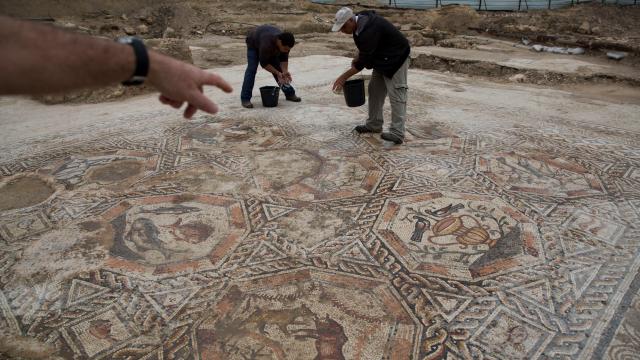Twenty years ago, construction workers in the Israeli town of Lod working under a city street came across something extraordinary: A massive mosaic, laid down almost two millennia before. Now, they have found another.
The Lod Mosaic has become iconic over the years: It was removed from the city street where it was found, it has travelled all over the world and has been displayed at the most important museums on Earth. It’s been the subject of volumes of academic study, spurring debates about what the perfectly-preserved Roman mosaic describes (some claim that it depicts a shipwreck that the wealthy person who commissioned it survived).
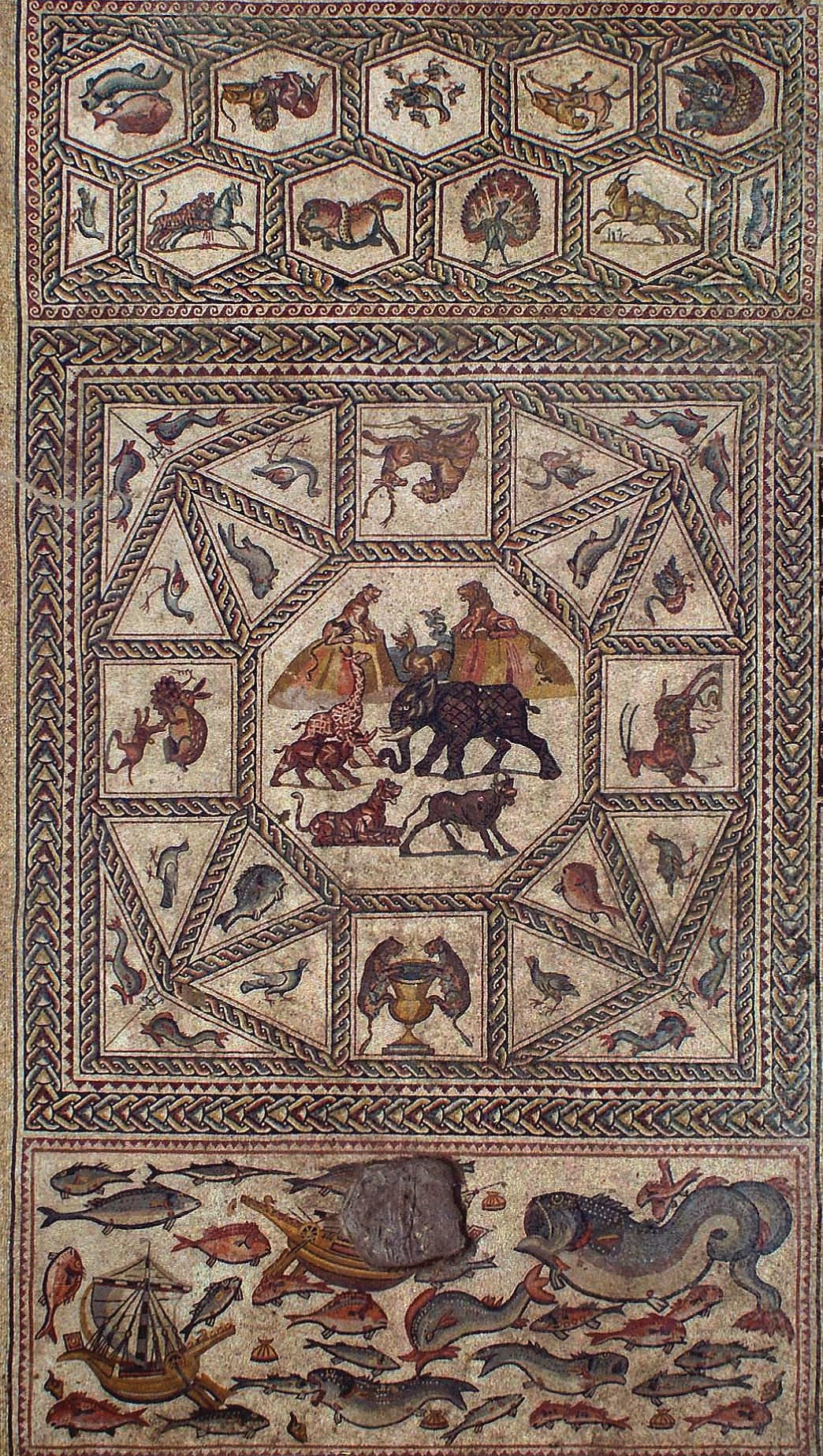
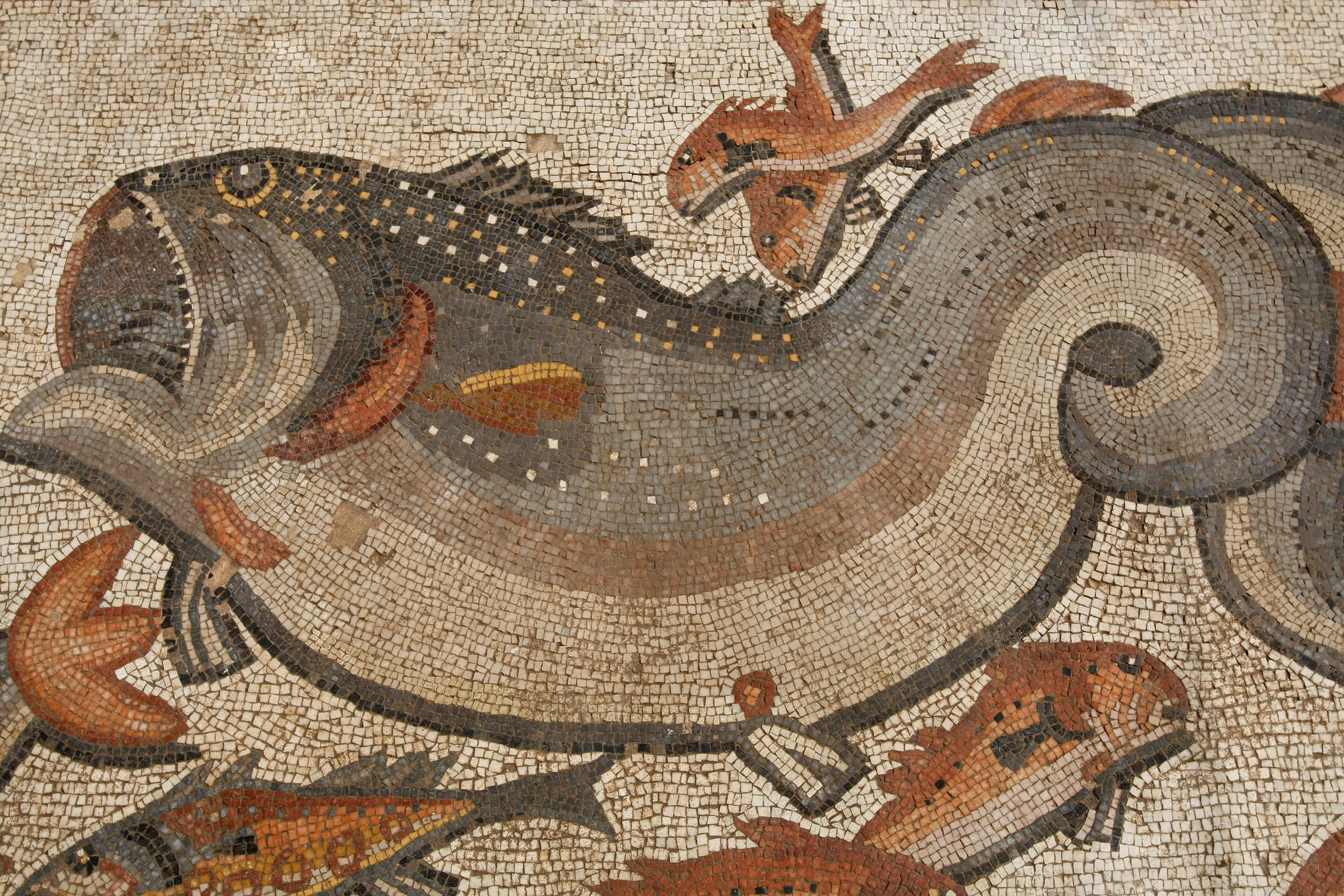
The first Lod mosaic. Image by David Silverman/Getty Images.
Lod, of course, is in Israel. But when this mosaic was made, it was a Roman colony, as the mosaic’s official website explains:
Lod is ancient Lydda, which was destroyed by the Romans in A.D. 66 during the Jewish War. Refounded by Hadrian as Diospolis, Lydda was awarded the rank of a Roman colony under Septimius Severus in A.D. 200. It remained in Roman hands until becoming a Christian city and eventually succumbing to Arab conquerors in A.D. 636… Debris covering the floors contained pottery and coins of the third and fourth centuries A.D., suggesting that the mosaics were laid in about A.D. 300.
The mosaic’s discovery in 1996 brought new attention to Lod, a downtrodden city that saw tens of thousands of new visitors, the New York Times reported in 2009. The city planned a visitor center dedicated to the ancient piece — and the process of building that structure has accidentally uncovered more treasures.
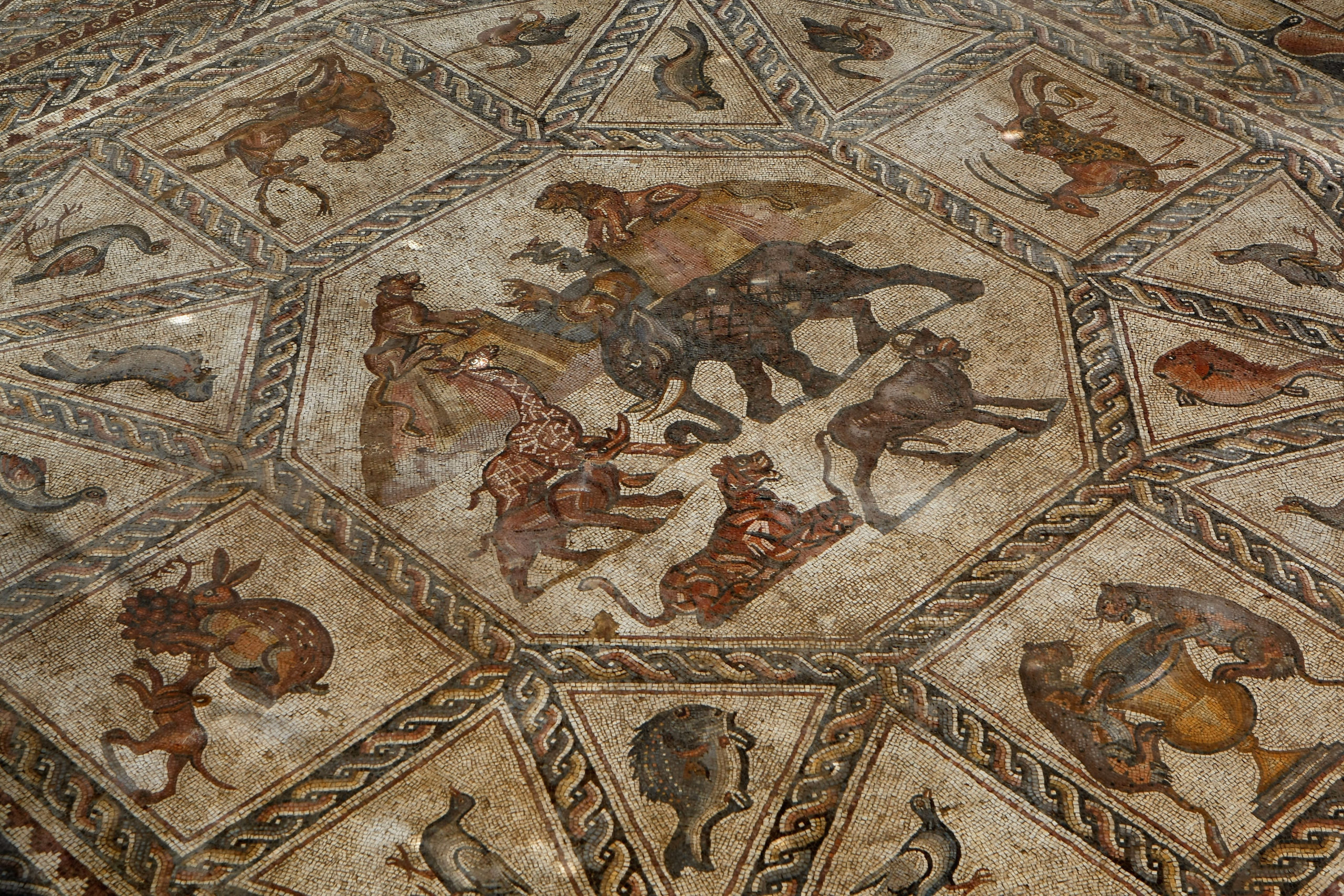
The original mosaic. Niki Davidov/IAA via Getty Images
Today, the city and the Israel Antiquities Authority announced that during the construction process, workers uncovered — yep — another Roman mosaic, as well as other fragments and details of the upper-class home where the original mosaic was discovered in 1996:
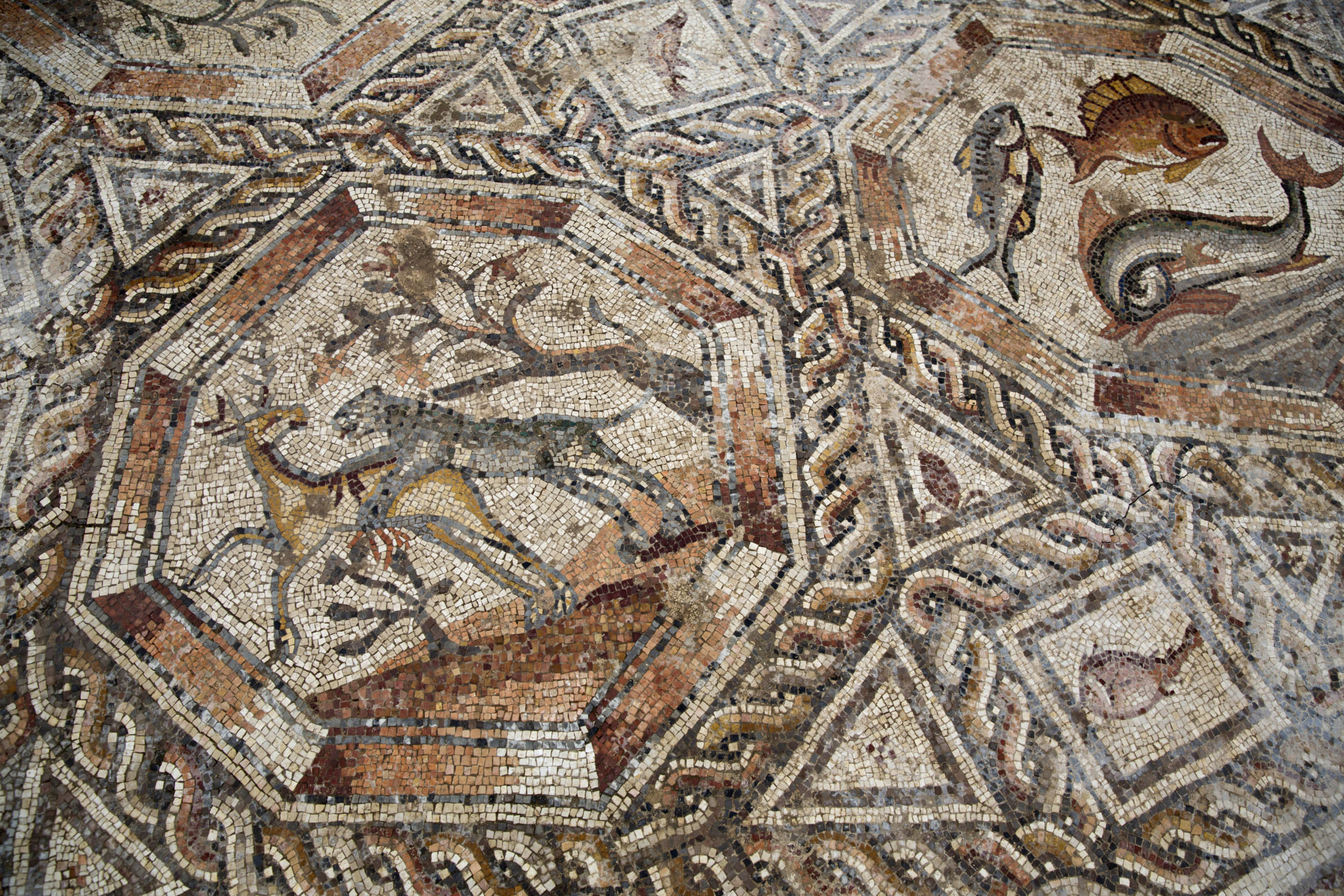
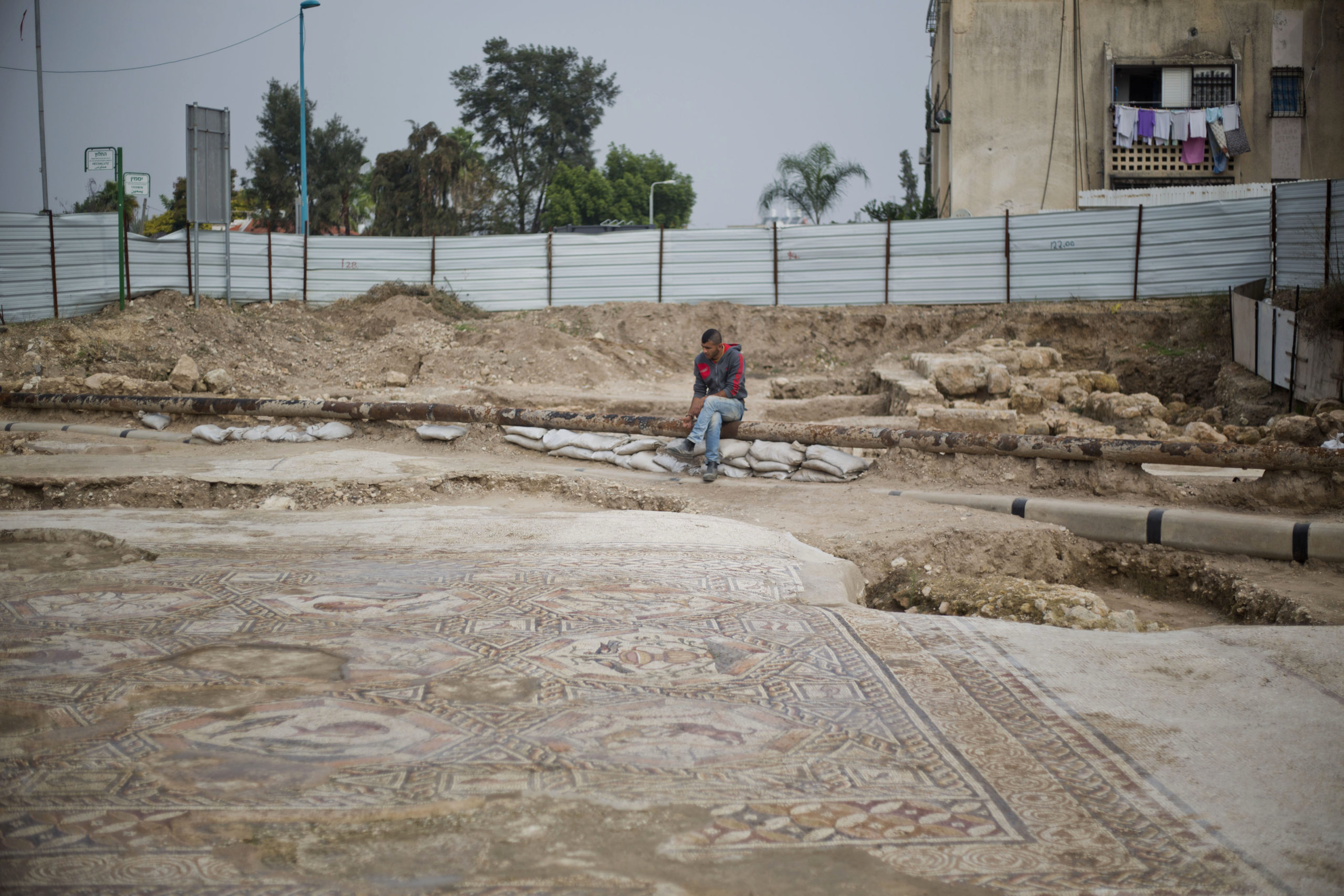
AP Photo/Ariel Schalit
The new, 13-metre-long mosaic was situated in a covered courtyard, and it depicts the kinds of pastoral scenes you’d expect of a well-bred Roman of the time: There are vases, fish, birds, and scenes like a lion-esque animal is tearing into its prey.
Officials today described this multi-mosaic house as “meticulous and luxurious,” a space that would have been *raises pinky finger* “in the best tradition of the well-born of the period.” Now, the museum will be redesigned to include the second mosaic — and it seems pretty likely that these fragments will continue to be discovered.
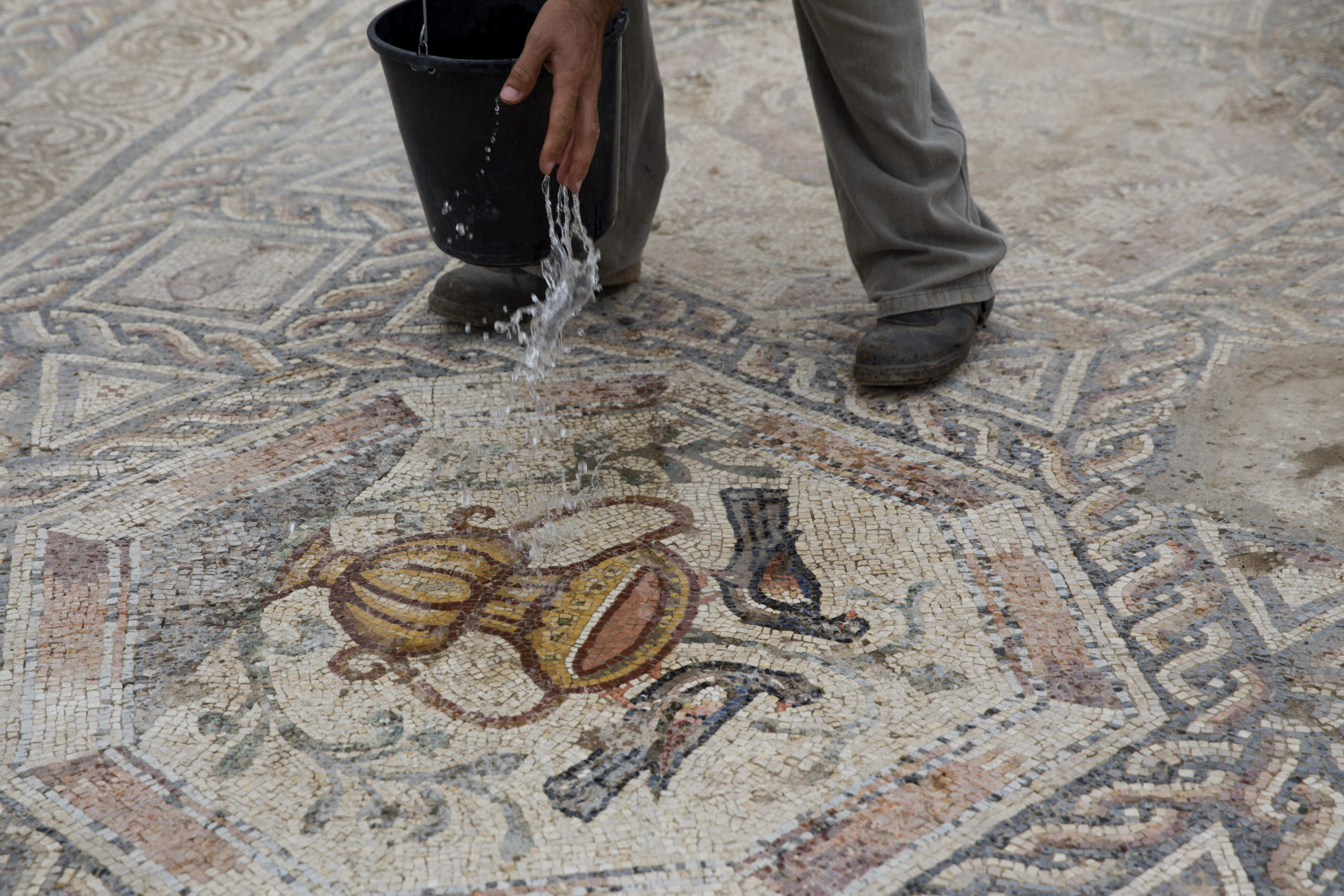
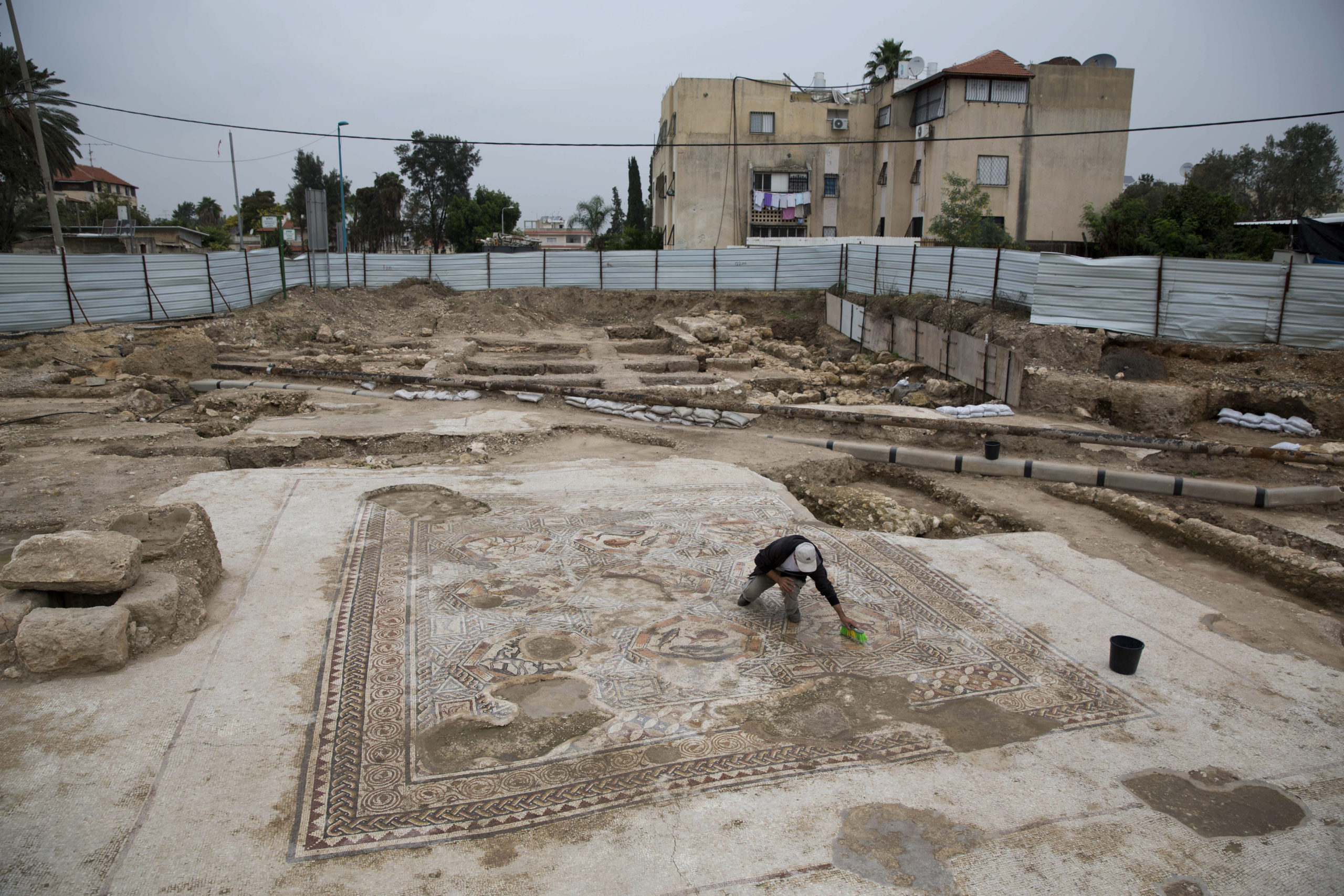
AP Photo/Ariel Schalit
It’s actually not that unusual for mosaics from the Roman or Byzantine era to be uncovered by modern construction, either in Israel or elsewhere. We’ve seen a rash of mosaics uncovered over the past few decades, as city streets and infrastructure are updated and as construction of new neighbourhoods goes forward.
Mosaics are also extraordinarily durable: Not only are they solid and made from stone — they’re flat, which means they won’t collapse or crumble like actual three-dimensional structures and artefacts. In a way, they are the time capsule: Resistant to water and weather, and almost unbreakable.
Almost.
The first Lod Mosaic, for example, has a hole where a cesspit was dug into the ground a few hundred years later. It just goes to show: if you really want to understand a city, from its sewage to its greatest artefacts, look beneath its streets.
All images via AP Photo/Ariel Schalit unless otherwise noted.
